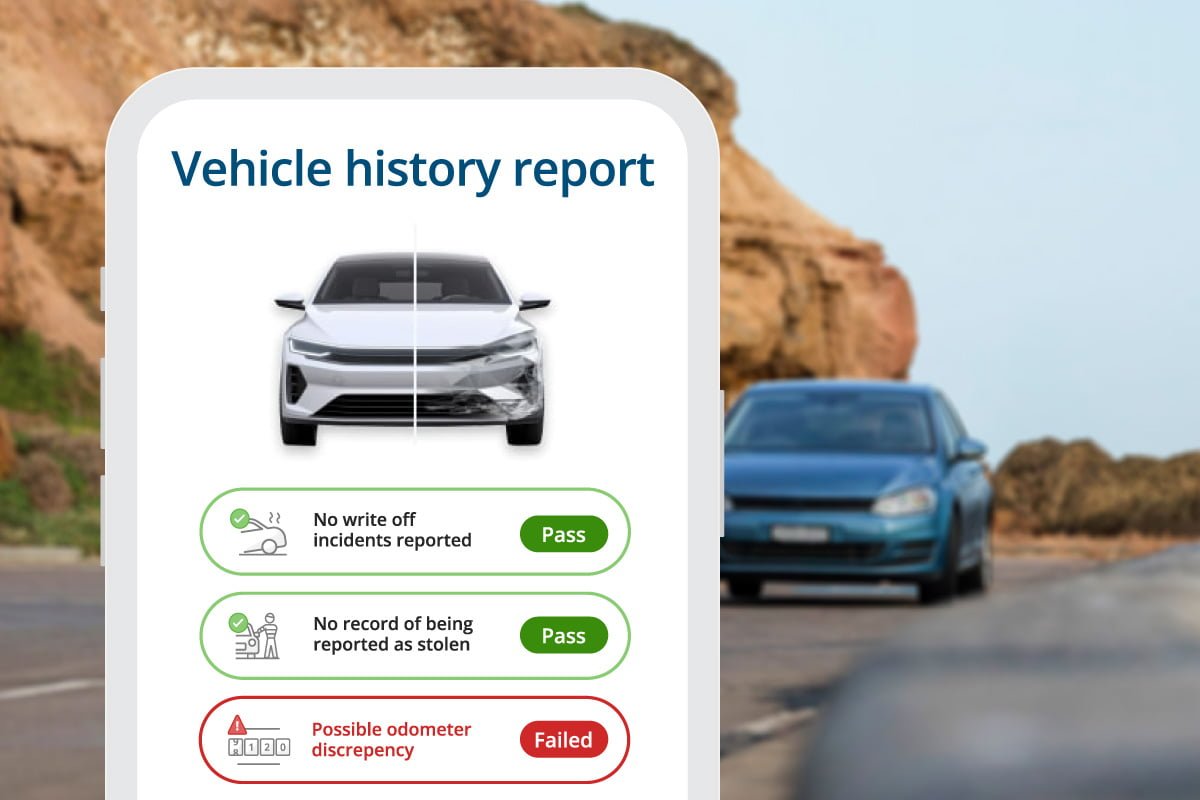
If you’re considering purchasing a used car in the UAE, it’s crucial to ensure Check Car Accident History in the UAE, that the vehicle you’re interested in hasn’t been involved in any serious accidents. Car accidents can have lasting effects on a vehicle’s safety, performance, and value. Fortunately, there are ways to access car accident history in the UAE for free. In this guide, we’ll walk you through the steps to check a car’s accident history, helping you make an informed decision before making a purchase.
Chassis Number check uae | car history check by chassis number dubai
What’s is VIN number?
A Vehicle Identification Number (VIN), often referred to simply as a “VIN number,” is a unique alphanumeric code assigned to every motor vehicle. This code serves as a distinctive identifier for the vehicle and is used primarily for tracking and identifying various aspects of the vehicle’s history and specifications. The VIN number is composed of a series of letters and numbers, typically 17 characters in length, and is usually found on the vehicle’s dashboard, near the windshield, or on the driver’s side door jamb. The VIN number provides important information about the vehicle, including its manufacturer, model, year of production, place of manufacture, and other specific details. It’s a crucial tool for activities such as checking accident history, vehicle registration, insurance, and maintenance records.
Where can you find the VIN on a vehicle?
You can find the Vehicle Identification Number (VIN) on a vehicle in several locations, including:
- Dashboard: Look through the windshield on the driver’s side of the vehicle, typically near the lower corner of the windshield. The VIN can be seen from outside the vehicle.
- Driver’s Side Door Jamb: Open the driver’s side door and check the door jamb area. The VIN might be displayed on a label or a metal plate.
- Engine Block: Pop open the hood and inspect the front of the engine block. The VIN might be stamped onto a metal surface.
- Vehicle Registration and Title Documents: The VIN is usually listed on the vehicle’s registration and title documents.
- Insurance Documents: The VIN can also be found on your insurance documents.
- Owner’s Manual: Some vehicles have the VIN printed in the owner’s manual.
- Rear Frame or Under the Spare Tire: For some vehicles, the VIN might be located on the rear frame or under the spare tire in the trunk area.
Why Check Car Accident History?
Checking a car’s accident history provides insights into its past incidents, helping you make an informed decision. Accidents can lead to structural damage, compromising the car’s integrity. Additionally, repaired vehicles might have ongoing issues that could affect their longevity.
You can check car accident history via a number of websites in the UAE:
• Emirates Vehicle Gate (EVG) | EVG chassis check
• Ministry of Interior
• Abu Dhabi Police
• Dubai Police
• Roads and Transport Authority
Check Car Accident History in the UAE for Free
How to check car accident history in UAE via Ministry of Interior (MOI)

1- Visit MOI Website , Enter VIN number of the vehicle you want to check.
Similar to EVG, the MOI website exclusively functions with vehicles that have undergone registration in the UAE at least once. Vehicles imported from the US, Japan, or Europe that have not undergone registration will display no search outcomes.
How to check car accident history via Emirates Vehicle Gate (EVG)

- Prepare the Necessary Information:
- Visit EVG Site:
- Obtain the Vehicle Identification Number (VIN) of the vehicle you want to check. You can find the VIN on your car’s registration card or near the windshield on the driver’s side.
- Access the Emirates Vehicle Gate Website:
- Open your web browser and go to the official Emirates Vehicle Gate website. You can find the website by searching for “Emirates Vehicle Gate” in your preferred search engine.
- Navigate to the Accident History Section:
- On the Emirates Vehicle Gate website, look for a section related to “Accident History” or a similar term. This is where you’ll be able to initiate the accident history check.
- Enter the VIN:
- Enter the VIN of the vehicle into the designated field on the website. Ensure that you input the VIN accurately to retrieve the correct information.
- Submit the Request:
- Once you’ve entered the VIN, submit the request to retrieve the accident history of the vehicle.
- Review the Results:
- The website will generate a report detailing the accident history associated with the provided VIN. This report may include information about past accidents, damages, repairs, and any related incidents.
- Interpret the Report:
- Carefully review the information presented in the accident history report. Look for details about the nature of the accidents, extent of damages, and the repairs that were conducted.
- Consider Additional Steps (if necessary):
- Depending on the information revealed in the report, you may want to consider other factors when making a decision about the vehicle. This could include consulting a mechanic for a thorough inspection if significant accidents were reported.
- Make Informed Decisions:
- Armed with the accident history information, you can make informed decisions about purchasing or selling the vehicle. A clear understanding of the vehicle’s past incidents will help you negotiate and ensure transparency.




